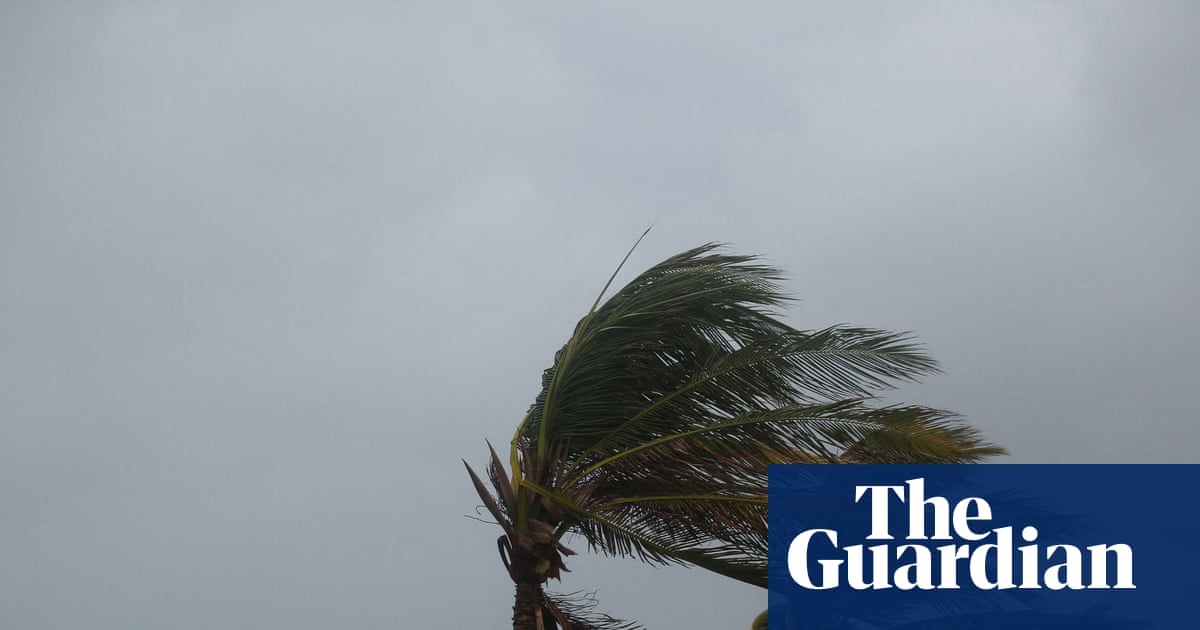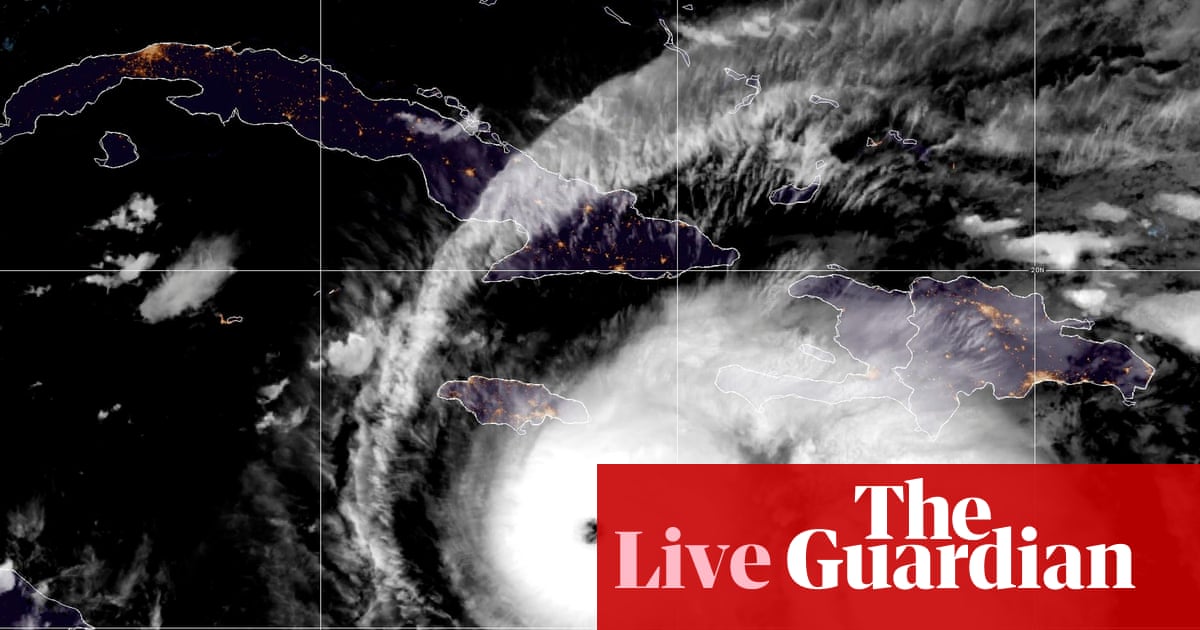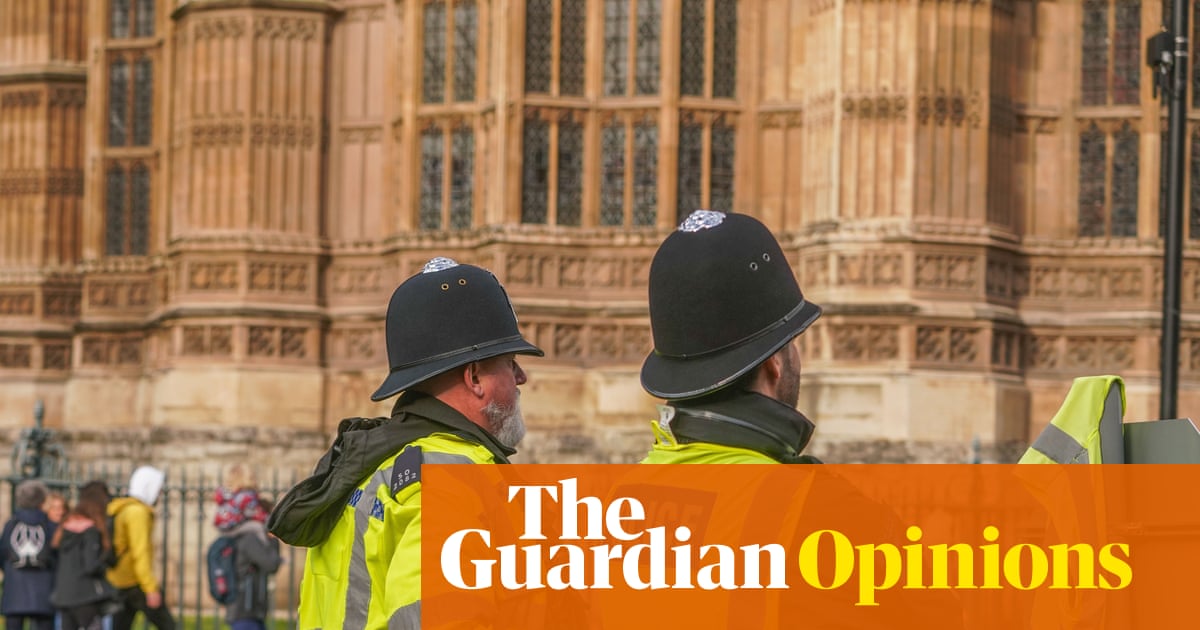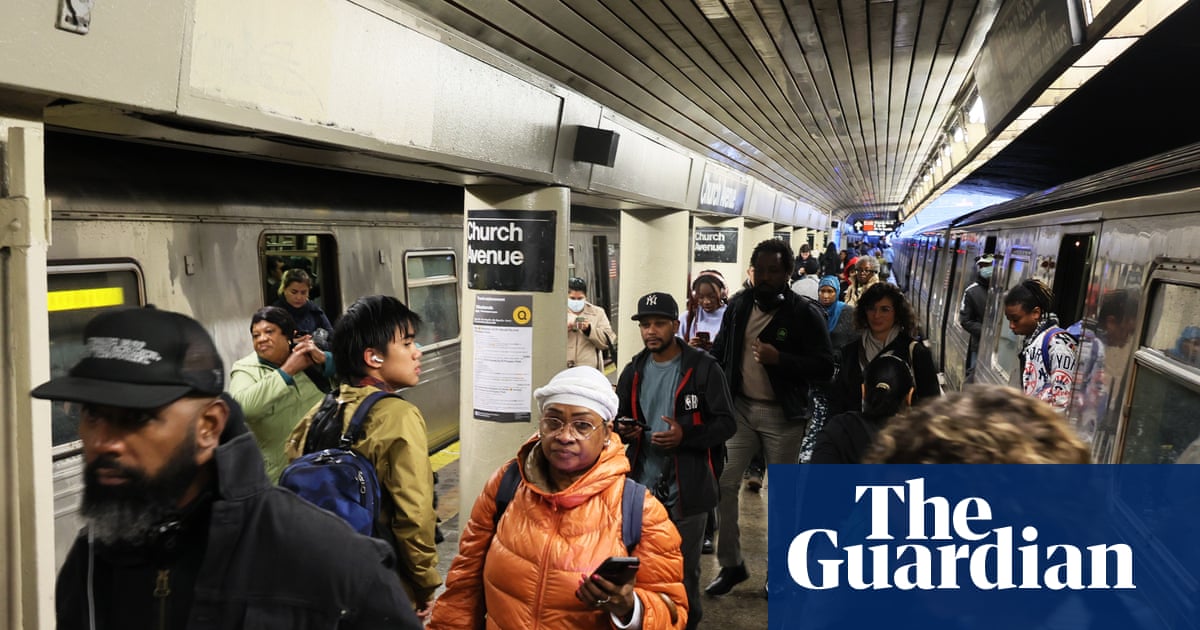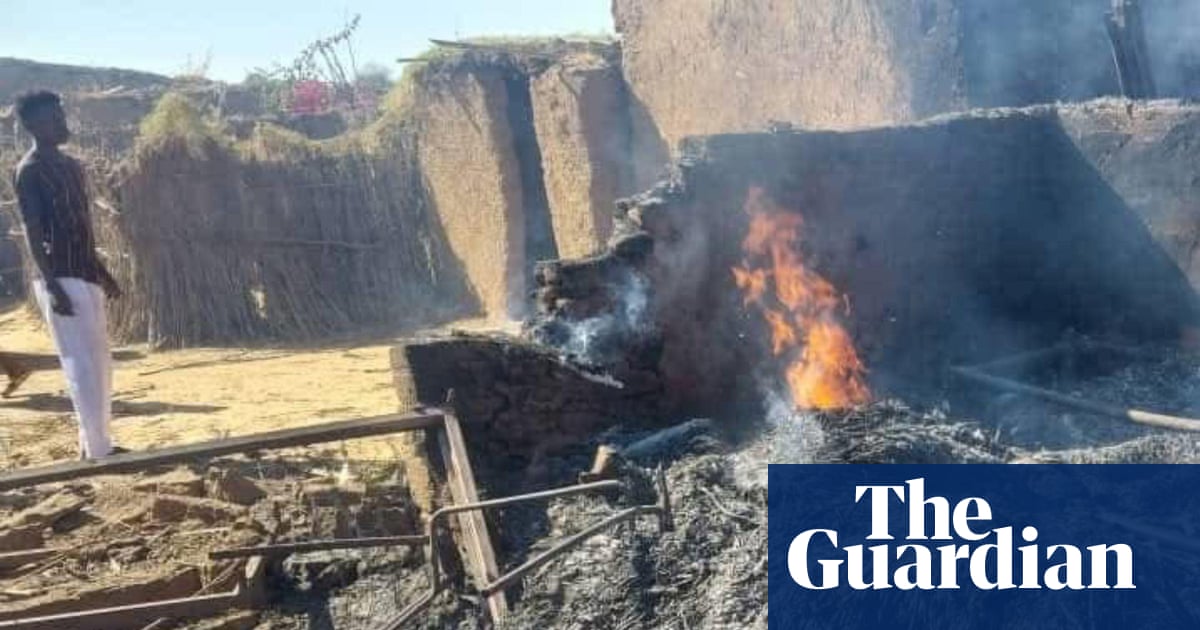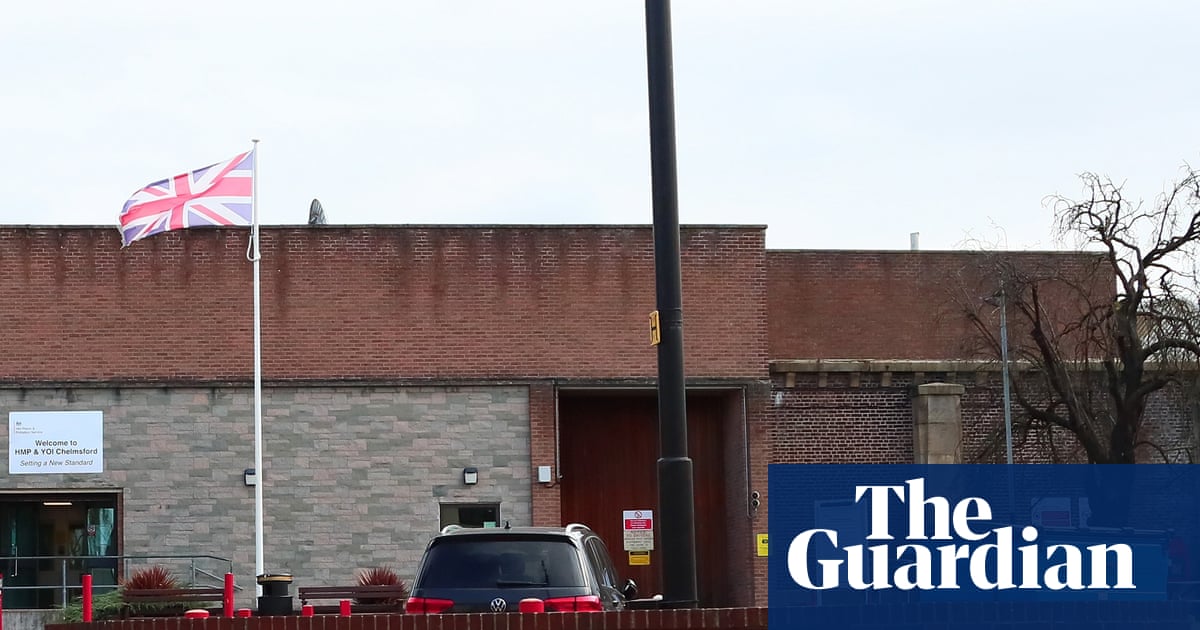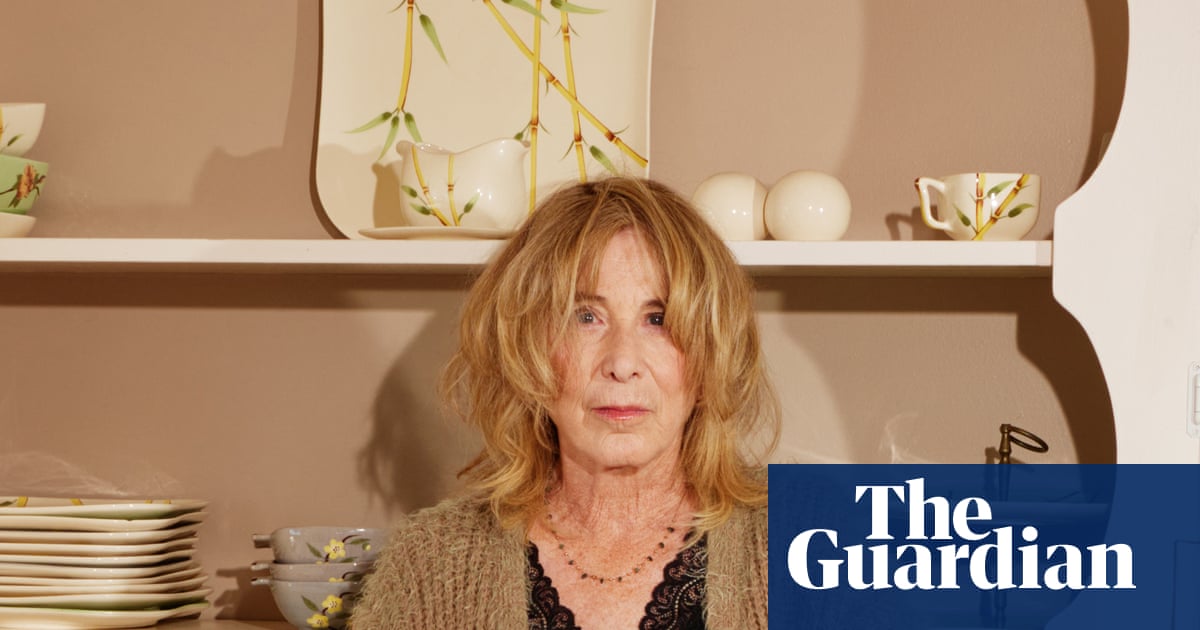The first phase of Awaab’s law, which promises to protect tenants from dangerous social housing conditions, comes into force in England on Monday, in memory of a two-year-old boy who died after exposure to mould in his home.
The new legal duties compel landlords to fix emergency health and safety hazards within 24 hours of reporting, investigate significant damp and mould within 10 working days of being notified, make properties safe in five working days after inspection and write the findings to tenants within three working days of inspection completing.
Awaab Ishak died in 2020 after prolonged exposure to mould in the property his parents rented on Rochdale’s Freehold estate, Greater Manchester, from the social landlords Rochdale Boroughwide Housing (RBH).
Awaab’s law followed campaigning from his family and the Manchester Evening News.
The Ministry of Housing, Communities and Local Government says the changes will improve lives for tenants and families living in England’s 4m social rented homes.
The reforms mean social landlords must also consider the circumstances of tenants that could put them at risk – including having young children, disabilities or health conditions. Tenants must be offered alternative accommodation if their homes cannot be made safe in the required timeframes.
Landlords who fail to comply face being taken to court, issued with enforcement orders and compelled to pay compensation and legal costs.
The housing secretary, Steve Reed, said: “Everyone deserves a safe and decent home to live in, and Awaab Ishak is a powerful reminder of how this can sadly be a matter of life or death.
“Awaab’s family has fought hard for change and their work to protect millions of tenants’ lives will live on as a legacy to their son. Our changes will give tenants a stronger voice and force landlords to act urgently when lives are at risk, ensuring such tragedies are never repeated.”
As the rules come into force in England, a UK-wide survey found 23% of those who said they had problems such as damp, mould or condensation in their homes were social renters, while 21% were in private rented accommodation.
A survey of 3,982 adults was conducted by Censuswide this month for the Health Equals campaign, which suggests lives are being cut short across the UK with damp, cold and mould in people’s homes being part of the problem.
Campaigners are calling for the new, tougher requirements for social landlords to act more quickly on problems to be applied urgently to the private rented sector.
after newsletter promotion
Next year, phase 2 of Awaab’s law will expand tenant protections from more hazards, including excess cold and heat, fire and electrical risks and hygiene. Phase 3, in 2027, will extend it to all remaining hazards covered by the housing health and safety rating system, except overcrowding.
The government has also committed to extending Awaab’s law to the private rented sector. This will be made law through the renters’ rights bill which, completed its passage through parliament on 22 October.
Gavin Smart, the chief executive at the Chartered Institute of Housing, said: “We welcome Awaab’s law as a significant step in ensuring that all social housing tenants live in safe and decent homes. It is the culmination of committed efforts by Awaab Ishak’s family and provides an important new framework for addressing serious health and safety concerns, beginning with damp and mould.
“Social landlords have been preparing for this change and have new processes in place to respond to these new requirements. We also welcome the new funding to enhance tenant engagement, a vital investment to help build cultures of trust, accountability and safety in social housing.”

 4 hours ago
7
4 hours ago
7

